FT232RL FTDI USB To TTL Serial Converter – 3.3V ~ 5.5V for Arduino & Microcontroller Projects
The FT232RL FTDI USB to TTL Serial Converter is a versatile tool designed for seamless communication between your computer and TTL serial devices. This converter utilizes the FTDI FT232RL chip, known for its reliability, to facilitate USB-to-TTL signal conversion, making it easy to program and debug microcontrollers like Arduino or Raspberry Pi. With support for both 3.3V and 5V logic levels, it’s perfect for a variety of applications in electronics, robotics, and data communication projects.
Key Features:
- Standard interface layout, compatible with a wide range of Arduinos, including the Pro Mini
- Original FTDI FT232RL chip for long-lasting performance
- USB power includes current protection via a 500mA self-restore fuse
- Transceiver communication indicator RXD/TXD
- LED indicators for power, sending, receiving, and working status
- TTL Level supply options of 3.3V and 5V
- Dual voltage support (3.3V and 5V) with jumper selection
- Automatic reset functionality for Arduino programming
- Compatible with various operating systems (Windows, Linux, macOS)
- Simple UART communication for debugging and testing
Technical Specifications:
- Chipset: FT232RL
- Operating Voltage: 3.3V to 5.5V DC
- Baud Rate: 300 bps to 3 Mbps
- Buffer Size: 128 bytes RX, 256 bytes TX
- Connection Interface: Mini USB
- Dimensions: 36.1 x 18.3 mm
- Operating Temperature: -40°C to +85°C
- Power Supply: USB-powered (500mA self-resetting fuse for overcurrent protection)
Applications
- Programming Arduino boards (e.g., Pro Mini)
- Interfacing with microcontrollers (ARM, AVR)
- Serial communication with modems, GPS devices, and other peripherals
- Electronics prototyping and debugging
- Data logging
- Firmware upgrades for various devices
Pinout Configuration:
- VCC: 3.3V or 5V power supply pin
- GND: Ground pin
- TX: Transmit data pin (TTL)
- RX: Receive data pin (TTL)
- DTR: Data Terminal Ready pin (for Arduino auto-reset)
- CTS: Clear To Send pin (for flow control)
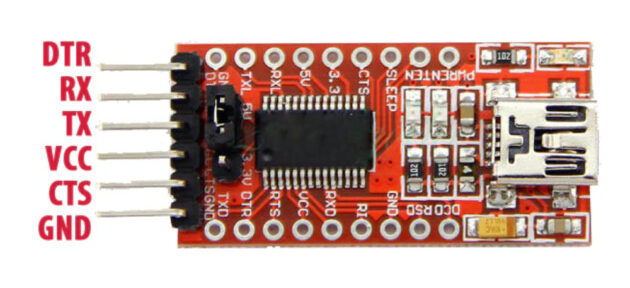
Installation Guide:
- Connect the FTDI Module: Plug the mini USB connector into your computer.
- Install FTDI Drivers: Automatic installation on Windows, Linux, and macOS.
- Connect to Arduino or Microcontroller: Wire the FTDI module’s pins to your device (TX to RX, RX to TX, GND to GND, VCC to VCC, and DTR to GRN for Arduino auto-reset).
- Select COM Port: In your development environment (e.g., Arduino IDE), select the correct COM port and upload your code.
- Begin Communication: Start serial communication or code uploading between your PC and your microcontroller.
Troubleshooting Tips:
- No Communication?
- Ensure the FTDI drivers are installed and the correct COM port is selected.
- No Data Transfer?
- Verify TX/RX connections between the FTDI module and the microcontroller.
- Power Issues?
- Check the jumper is set correctly between 3.3V and 5V depending on your project requirements.
- Auto-Reset Not Working?
- Confirm DTR is connected to the appropriate reset pin on your Arduino.
Frequently Asked Questions (FAQ):
- What is the maximum current draw on the VCC pin?
- In 5V mode, it’s around 500mA, while in 3.3V mode, it’s approximately 50mA.
- Is the VCC pin suitable for powering devices?
- Yes, it can power small devices like sensors or circuits.
- What is the purpose of the CTS pin?
- The CTS (Clear To Send) pin is used for flow control during serial communication.
- Is the FTDI USB to TTL Serial Converter compatible with Raspberry Pi?
- Yes, it can be used for serial communication with Raspberry Pi and other microcontrollers


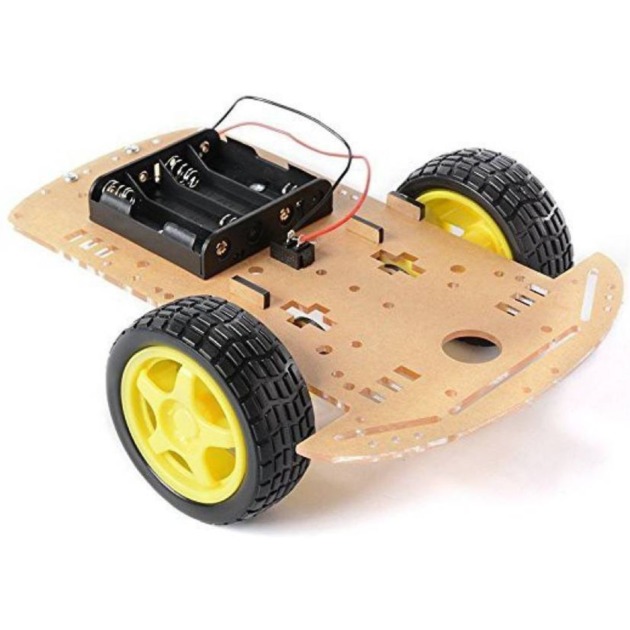

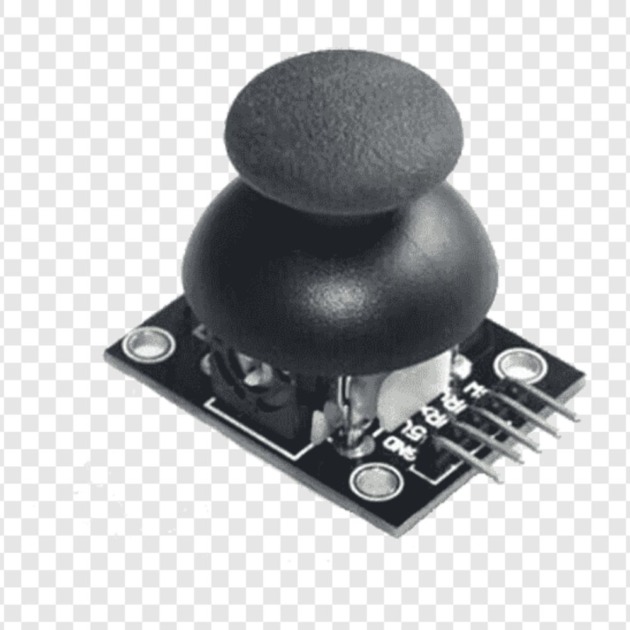
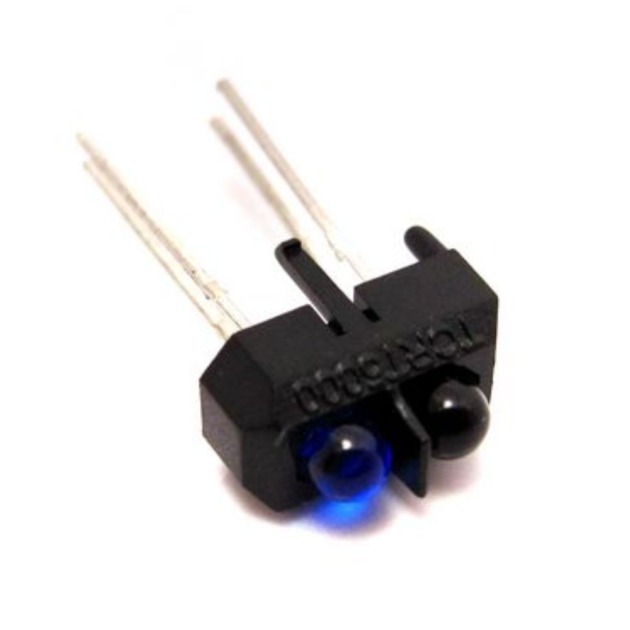

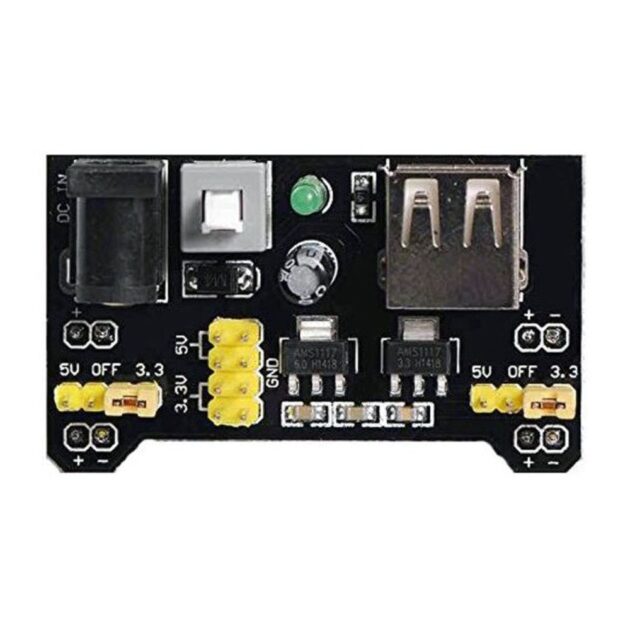

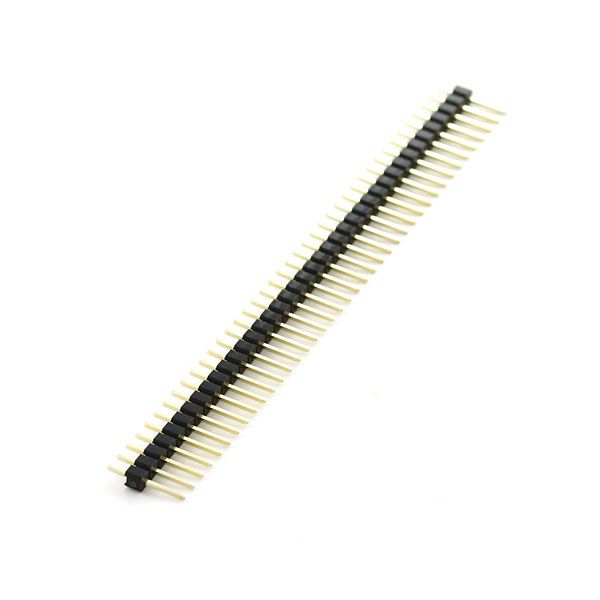
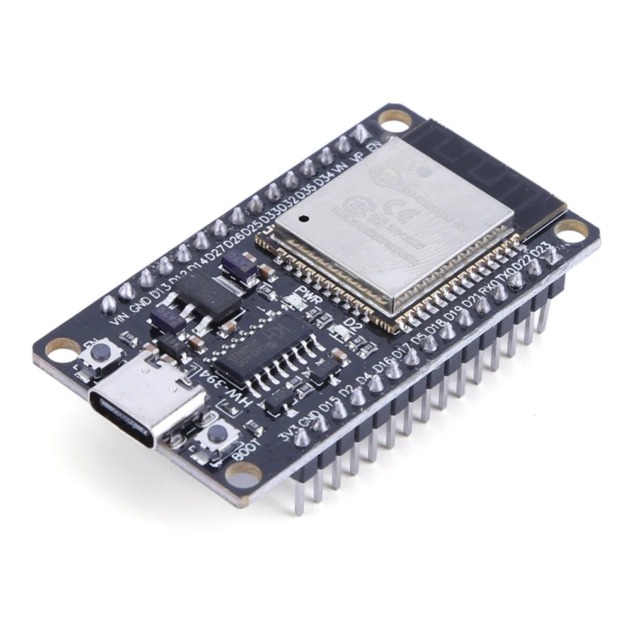

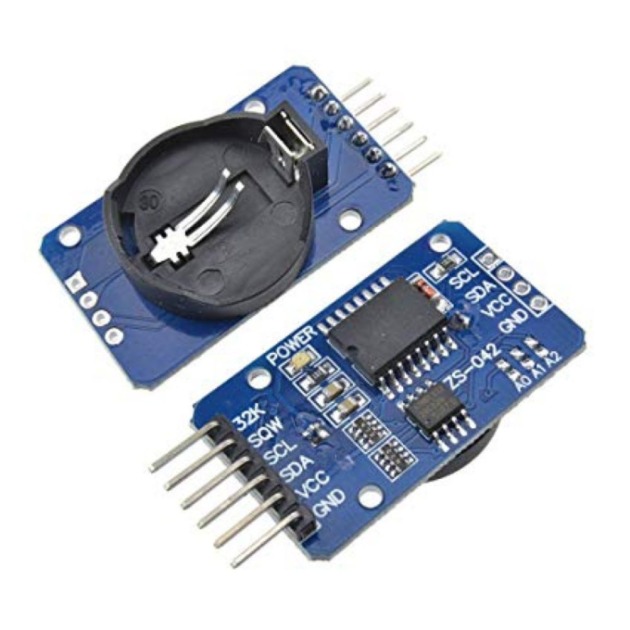
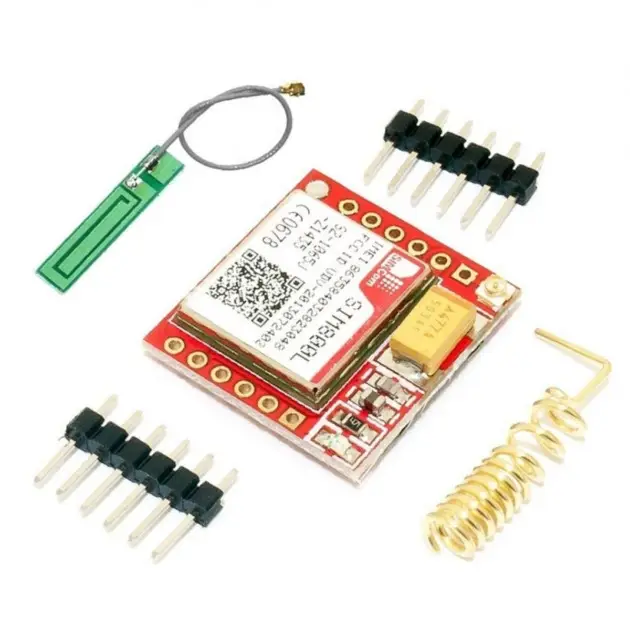
Reviews
There are no reviews yet.